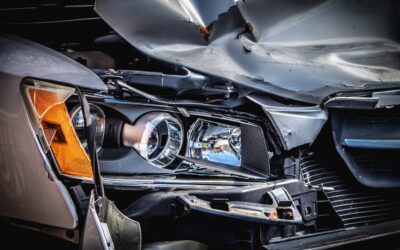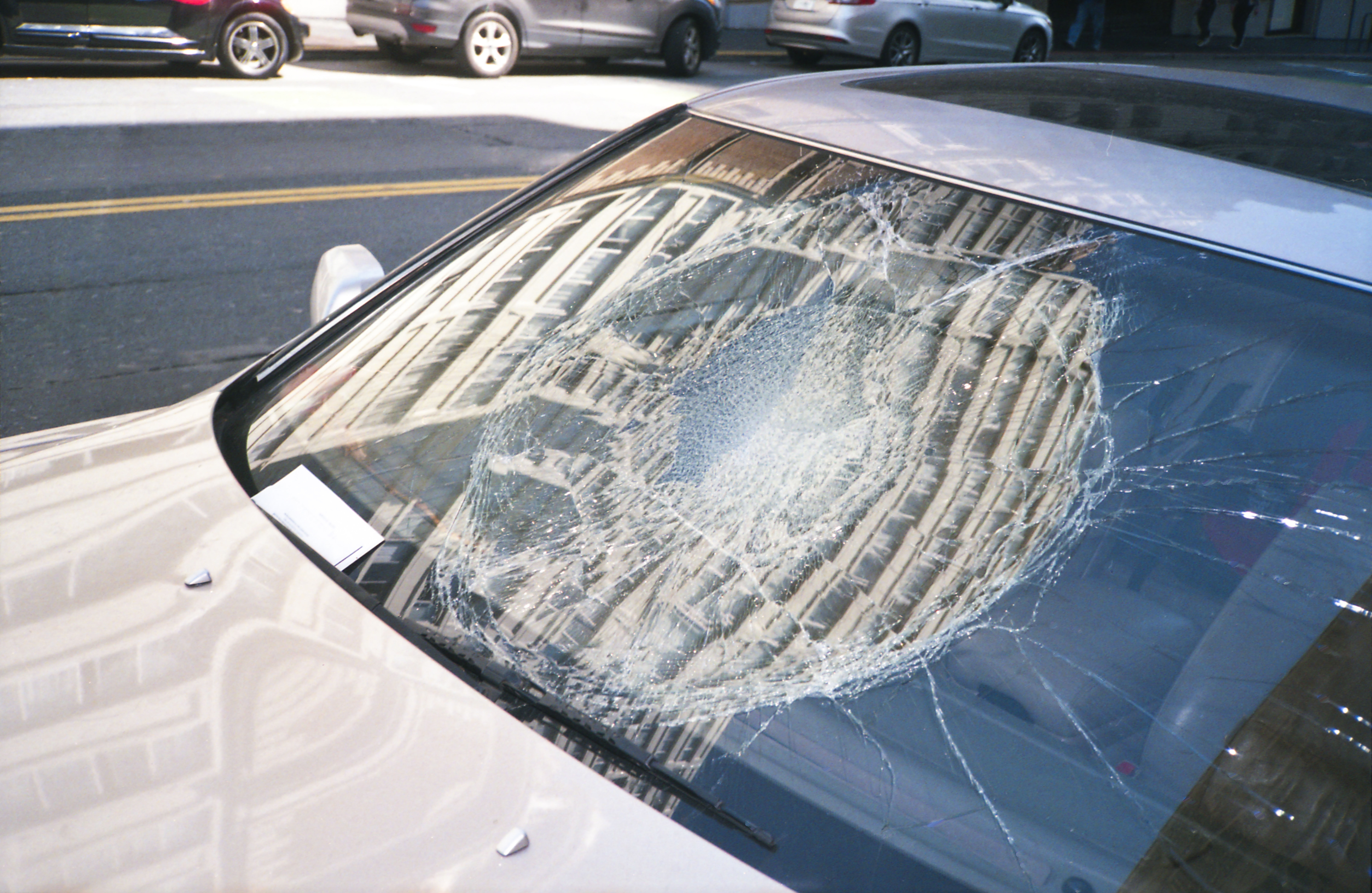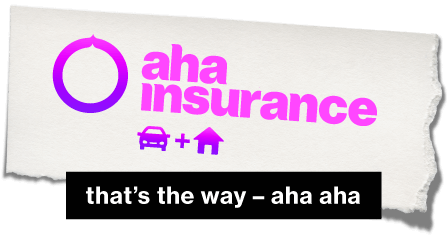Home-cooked meals are the best. Although they may require more time and care to prepare, the end result is always more enjoyable than heading down to a fast food place and scoffing down a quick burger with fries. What starts off as a fun culinary adventure can (occasionally) turn into a kitchen nightmare when we look away for a minute.
In fact, throughout Canada, cooking is the leading cause of home fires and fire-related injuries.
Before the next time you put on your apron, can you think of the fastest, safest way to stop a fire in the kitchen? If not, you’ve come to the right place!
How to put out a kitchen fire immediately
Before you can be sure you are handling a fire in the kitchen correctly, you’ll need to know exactly what caused the fire in the kitchen. Spoiler alert: it’s usually oil or grease.
These fires can be the most dangerous types to deal with for one simple reason: oil and grease don’t mix with water.
Normally, when you see a fire, your gut instinct tells you to pour water over it, in order to put it out. However, doing this on a fire that was started by grease or oil can make the fire twice as dangerous. The water will easily force the oil out of whatever pot or pan it’s currently in, and make it spread over nearby furniture, walls, or floors, at best.
Keep these things in mind to avoid sending oil or grease everywhere.
Putting out a kitchen grease fire (and oil fires)
If your fire starts in a greased-up frying pan on a stovetop, then don’t panic. Trying to pick up the pan and run outside with it can hurt you more than you initially think.
Instead, try and locate the pan’s lid, if it has one.
Put your oven mitts on and approach the pan with the lid in hand. Place the lid on top of the pan and turn off the stove immediately. By sealing the pan shut with the lid, you have safely contained the fire within the pan by cutting off its oxygen supply. It won’t be able to spread anywhere, or last for too long, because there won’t be enough oxygen for the fire to keep going.
You may want to avoid touching the pan for the next 20 minutes to make absolutely sure the flames have died (trust us on this one).
Backup plan: use a kitchen fire blanket or another pan
Sometimes you won’t be able to find the pan’s lid in time, or your pan simply won’t have one. That’s okay—finding a lid is not the only way to put out a fire safely. Sometimes, you just have to make use of the objects and items around you. If you have a washcloth of some kind, you can dampen it with water and lay it across the flames to try and snuff them out.
Using a fire blanket is even better because they’re light, flexible, and easy to store. You can buy one for $15, making them affordable and easy to use.
Reminder: It’s important for the washcloth to be only damp, not entirely wet, as excess water will make the oil disperse and spread across the room!
Another thing that will work for smaller flames in a pinch is salt or baking soda (but do not grab baking powder by mistake). Grab a handful and sprinkle it over the flame. This works because substances like salt and baking soda will release carbon dioxide, suppressing grease and oil fires quickly.
However, you have to be absolutely sure you are grabbing the correct ingredients. Reaching for baking powder or flour by mistake could make the fire in the kitchen worse.
Keep a small kitchen fire extinguisher around
If you want to make sure you are ready for a fire in the kitchen, you may want to start keeping a fire extinguisher nearby.
Because the majority of kitchen fires are caused by oil or grease, you also want to make sure that your extinguisher is not water-based. A water-based extinguisher can only make a grease fire spread faster and spin much more wildly out of control.
When using the extinguisher, pull the pin and make sure that you aim for the base of the fire to put it out safely.
If the fire is spreading too quickly to be contained to nearby walls and fixtures, evacuate the immediate area and contact the fire department. Even if you could probably subdue the fire with an extinguisher, flames that spread onto walls could damage your electrical wiring and you’ll definitely want this looked at by a professional before assuming it’s safe.
If the fire damage is extensive, inform your insurance company to make your home insurance claim.
How to stop a kitchen fire before it starts
This may sound silly, but most of the time, a fire in the kitchen starts because of a distracted cook. Take these steps to keep your kitchen fire-free:
- Never cook while tired! Being tempted to ‘lay down and close your eyes for just a second’ while something’s cooking on the stove is pretty much a guaranteed way to start a fire.
- Don’t leave the kitchen unattended while you’re frying or grilling something. If you absolutely need to step out for some time, turn the stove off, put a lid on your frying pan, and resume cooking once you finished whatever it is you needed to do.
- Set a timer by the counter, your watch, or your phone if you need to step away from a slow cook or simmering dish. It might be dull and boring to wait around for something to simmer or roast and you’d rather be doing other things.
- Get a stove-top fire stop to make sure you’ll be ready for a kitchen fire. This is a handy product that looks like a tuna can. Make no mistake, though—the small canister saves your bacon by putting out kitchen grease fires on their own. All you need to do is install it above your stove top.
Remember: as long as you cook responsibly, the chances of starting a kitchen fire are already minimal. If you get distracted or anything unexpected happens, though, then you have everything you need here for kitchen fire prevention and response.
It might not be a bad idea to get an insurance policy for your home, either!






